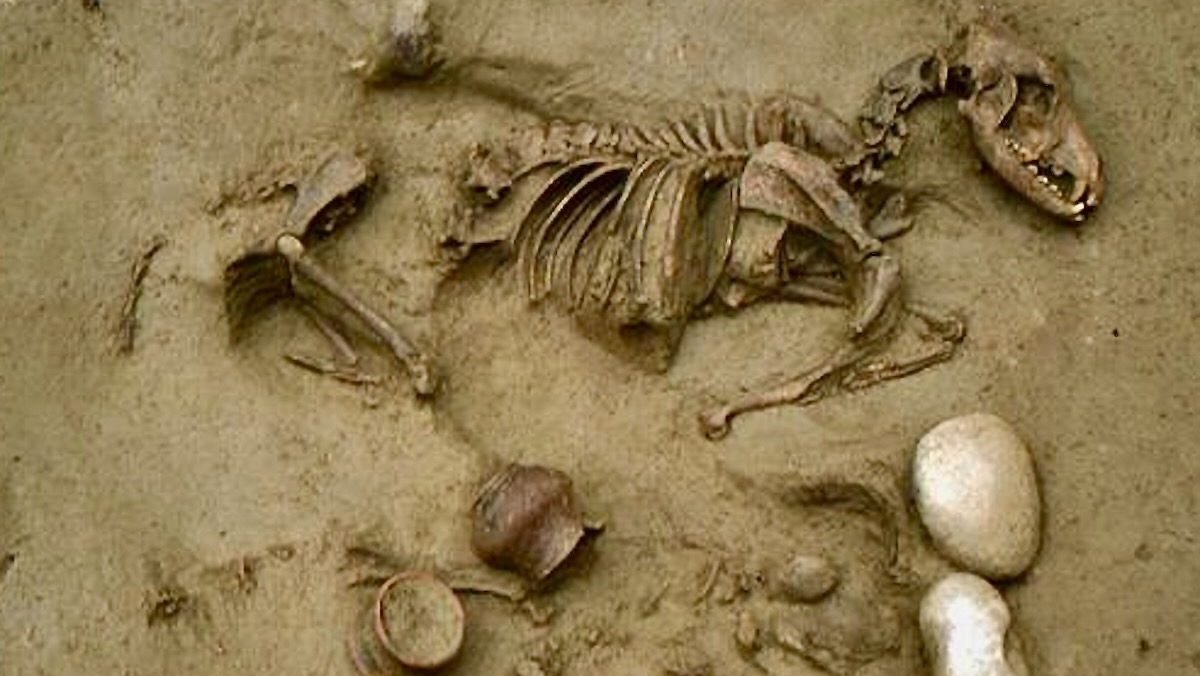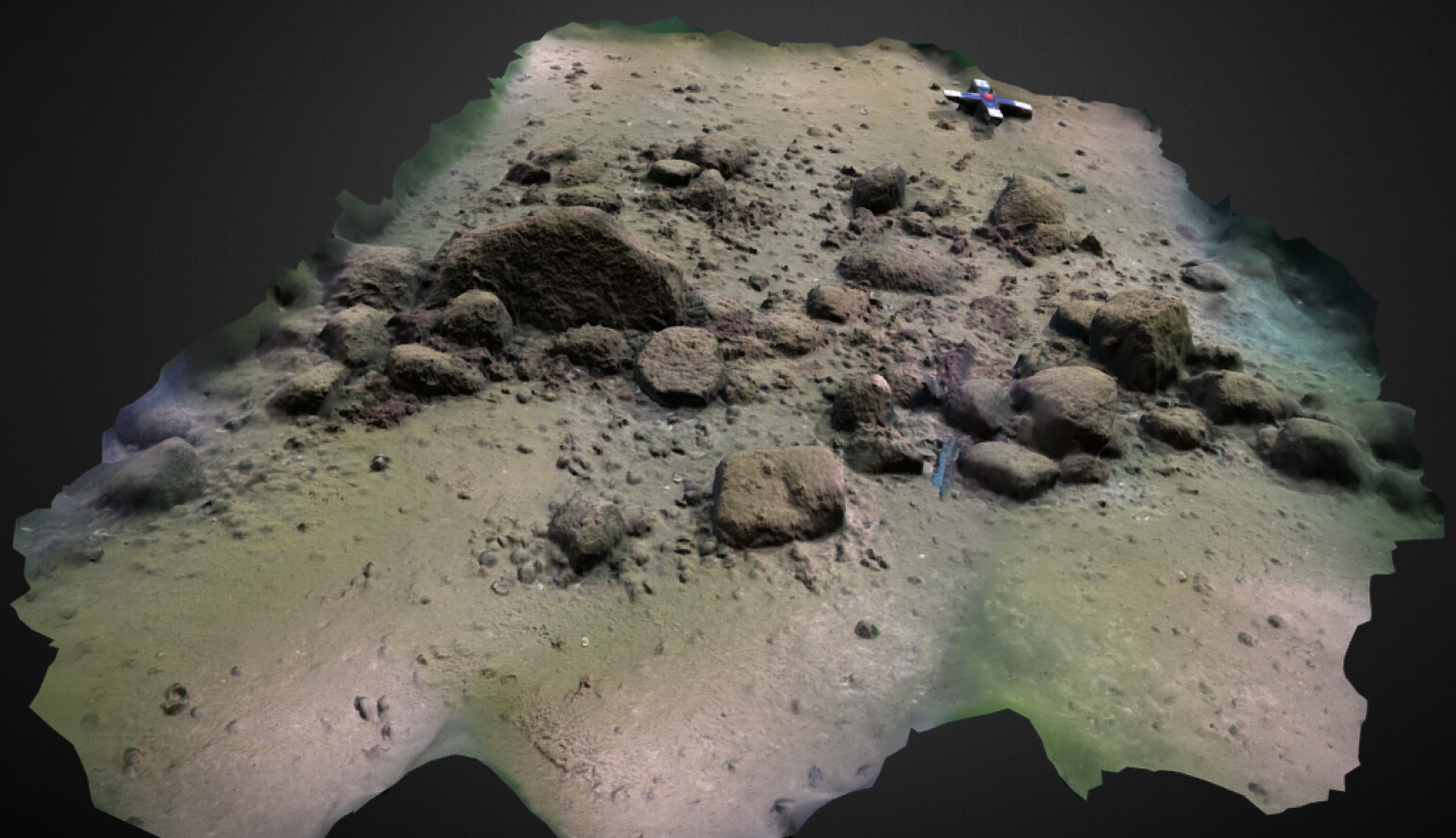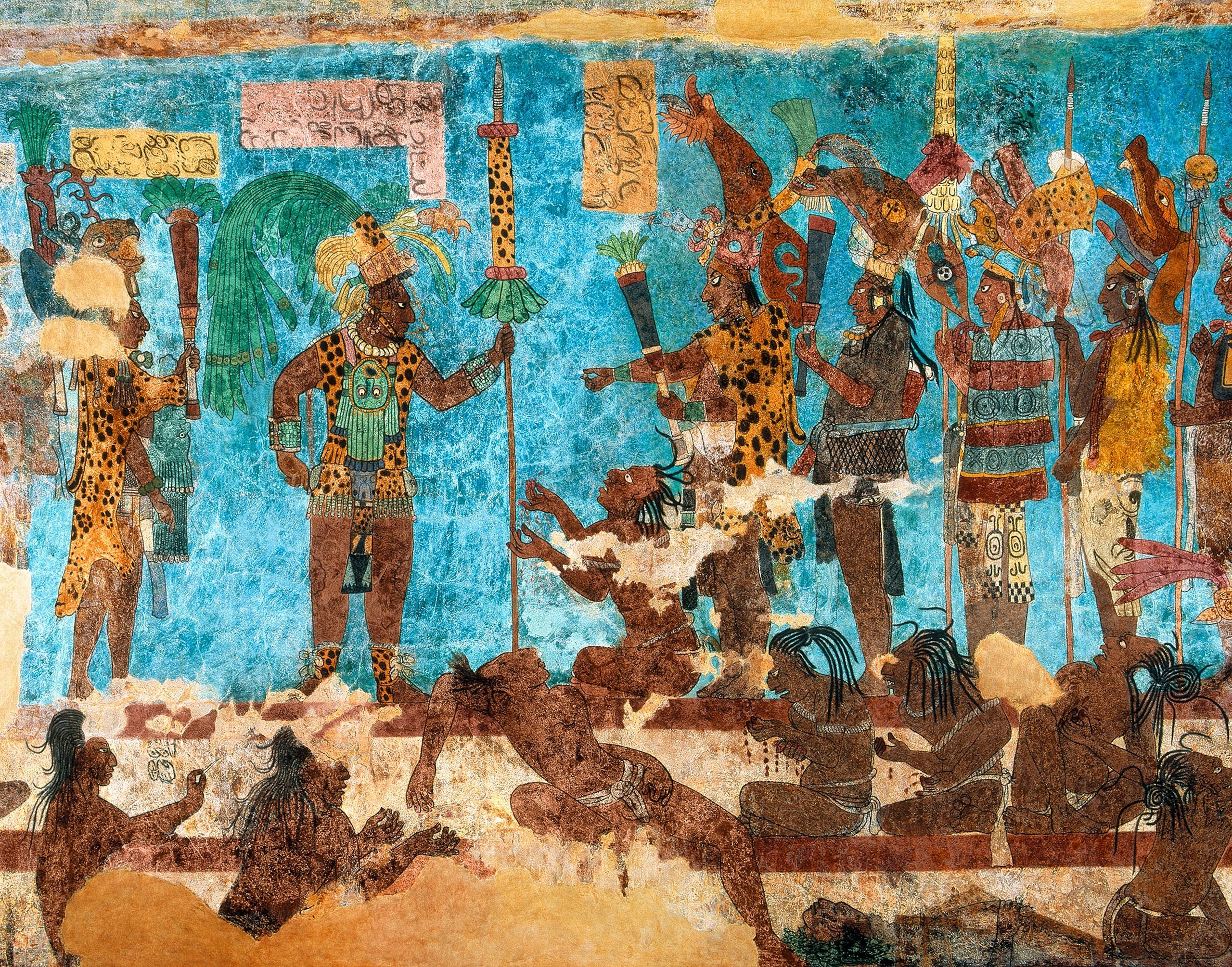Warrior women: New evidence of ancient female big-game hunters

Photo: hibrida / Adobe Stock
- A recent archaeological dig in the Peruvian mountains uncovered evidence of ancient female big-game hunters.
- This adds to a growing consensus that women played a much bigger role in hunting than previously assumed.
- Gender assumptions are a constant throughout history, with culture often playing a more important role than biology.
You’ve likely heard it like this: for most of history, women foraged, secured water, and partook in minor agriculture while men went out to hunt. Even if this was the end of the story, women still provided an inordinate amount of calories for the tribe, as fruits, vegetables, and nuts accounted for the bulk of sustenance.
As with many myths, this longstanding story might not be completely accurate. Thanks to recent archaeological findings in Peru’s Andes Mountains, published in the journal Science Advances, up to half the women in mobile groups in the Americas were big-game hunters.
University of California, Davis archaeologist Randall Haas started shifting his view of ancient hunting practices in 2018 while leading his crew 13,000 feet above sea level in Wilamay Patxja. Upon uncovering the remains, he automatically assumed one body was male due to the proximity of weaponry.
He was wrong.
The team unearthed a total of over 20,000 artifacts, including the remains of six bodies in five burial pits. One pit, which contained a teenage woman, included a toolkit with spearpoints and shafts. Tools for dissecting game were also discovered. In total, 24 stone tools were unearthed, including projectile points for killing large game, heavy rocks for stripping hides and cracking bones, and red ocher to preserve hides.
Previously, such tools were thought to be used for cutting or scraping when discovered near female remains. Haas says we need to rethink that approach, which is likely the result of modern bias. Buried near these pits were the remains of Andean deer and vicuña, two commonly hunted animals in Peru.
Haas’s group then reviewed the remains of 429 bodies spread over 107 sites in the Americas. These individuals lived between 6,000 and 12,500 years ago. Big-game hunting tools were buried with 11 women and 16 men. The Wilamay Patxja dig is not an outlier.

Credit: Randall Haas, University of California, Davis
Why Female Gladiators Were Polarizing Figures in Ancient Romewww.youtube.com
Extrapolating from the most recent dataset, Haas estimates that between 30-50 percent of big-game hunters were women. This doesn’t imply that it’s a global phenomenon, although female warriors were recently identified in California, dating back roughly 5,000 years. Likewise, women warriors were discovered in Mongolia 1,500 years ago and in Scandinavia about a millennium ago.
Researchers say these findings challenge our understanding of gender identities. Modern analysis can discover the biological sex of these individuals, though we cannot make assumptions about the role of men and women by current standards. As University of Miami archaeologist, Pamela Geller says,
“With few exceptions, the researchers who study hunting and gathering groups—regardless of which continent they work on—presume that a sexual division of labor was universal and rigid. And because it is commonsensical, they then have a hard time explaining why female-bodied individuals also bear the skeletal markers of hunting or have hunting tool kits as grave goods.”
There’s always the possibility that hunting tools were ritualistically buried alongside varied members of the tribe, including women. Yet we also have to remember that there were no supermarkets on the savanna. Tribal life was an all-hands-on-deck affair. Female hunters should surprise us no more than stay-at-home dads today. Societies are fluid dependent on circumstances, and the ancient world provided challenges we can only dream of today.
—
Stay in touch with Derek on Twitter and Facebook. His new book is “Hero’s Dose: The Case For Psychedelics in Ritual and Therapy.”





